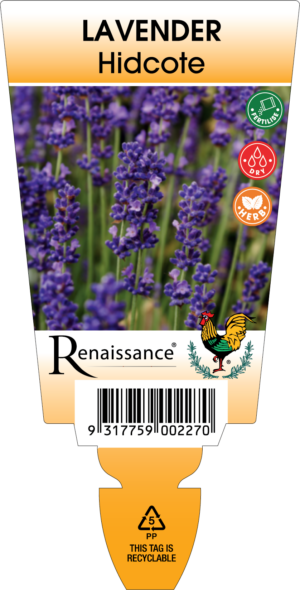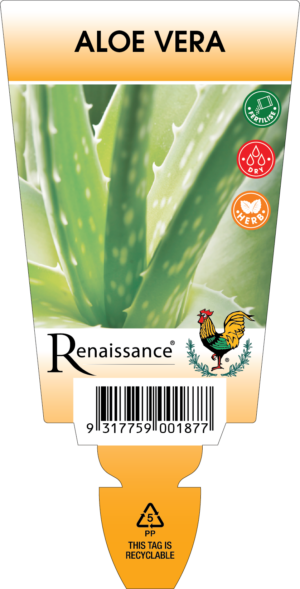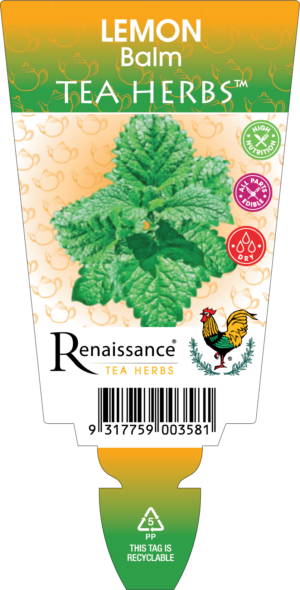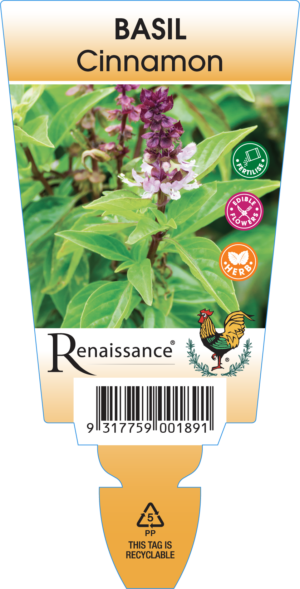Description
(Arctium lappa)
A tall biennial with larger wavy foliage and clusters of thistle like, purple flowers over summer. The flowers should be harvested prior to producing seeds as it can become weedy if allowed to go to seed.
Flavours/Food Partners
As a nice crisp root vegetable with a sweet and pungent flavour. It has long been popular in East Asian countries as a staple food. The young leaves and stems are also eaten raw and cooked as a green leafy vegetable. Partners well with other root vegetables like carrot and daikon. It has a strong flavour so partners best with chillis, onions and ginger and garlic.
Health/Cooking/Medicinal
The young leaves are used in salads or cooked, and the roots and flower spikes are used in a range of dishes where they are pickled, baked, boiled or steamed. It can be blended with dandelion to make a healthy tea. Harvest the roots at about 3-4 months depending on location. The leaves can be picked at any time after the plant has become established. As with any other wisely grown herb there are a multitude of ailments that it is reported to cure or moderate.
Landscaping/Planting
General garden conditions, plant in rows 50cm apart. The harvestable roots are quite large and it prefers a good sandy loan. It is not suitable to pot culture. Water regularly during the summer months.
Cultivation/Fertiliser
Give regular applications of Seasol and Powerfeed to keep the plant healthy and producing well.
Herb Attributes
| Position | PART TO FULL SUN, LIGHT FROTS |
|---|---|
| Height | 1.5M |
| Width | 2.0M |





